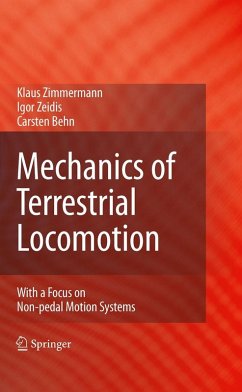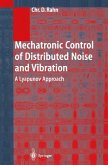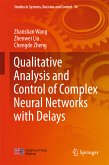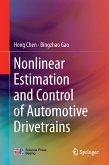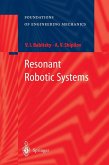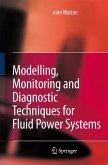¿ Starting with the research of G. Bogelsack in the 1970s, the analysis of biological locomotion andmanipulation systemsandtheirtechnical realizationhas beenan- portant research eld within the Faculty of Mechanical Engineering at the Ilmenau University of Technology. In 1996, the German Research Foundation (DFG) funded the Innovation College "Motion Systems" at the University of Jena in a coope- tion with engineers at the Ilmenau University of Technology. Thus, research was able to be intensi ed and extended. Of course, the whole spectrum of biologically inspired systems is much too wide, so the analysis was still focused on locomotion and manipulation systems. At this stage J. Steigenberger from the Faculty of Mathematics and Natural S- ences at the Ilmenau University of Technology contributed important studies of worm-like locomotion systems with much dedication and technical competence. Moreover, he conceived and carried out a lecture series entitled "Mathematical Basics for Locomotion Systems", which was based on his evaluation of national and international research developments in this eld. I. Zeidis and K. Zimmermann contributed many publications on the mechanics of worm-like locomotion systems based on continuum and rigid-body models as well as asymptotic methods. Since 2004 the German Research Foundation has supported a series of projects led by K. Zimmermann dedicated to biologically inspired robotics. In addition to these activities, the Department of Technical Mechanics and the Department of Computer Application in Mechanical Engineering (M. Weiß) together with masters and doctoral students started the development of mobile robots for the RoboCup Small-Size League in 1998.
Dieser Download kann aus rechtlichen Gründen nur mit Rechnungsadresse in A, B, BG, CY, CZ, D, DK, EW, E, FIN, F, GR, HR, H, IRL, I, LT, L, LR, M, NL, PL, P, R, S, SLO, SK ausgeliefert werden.

